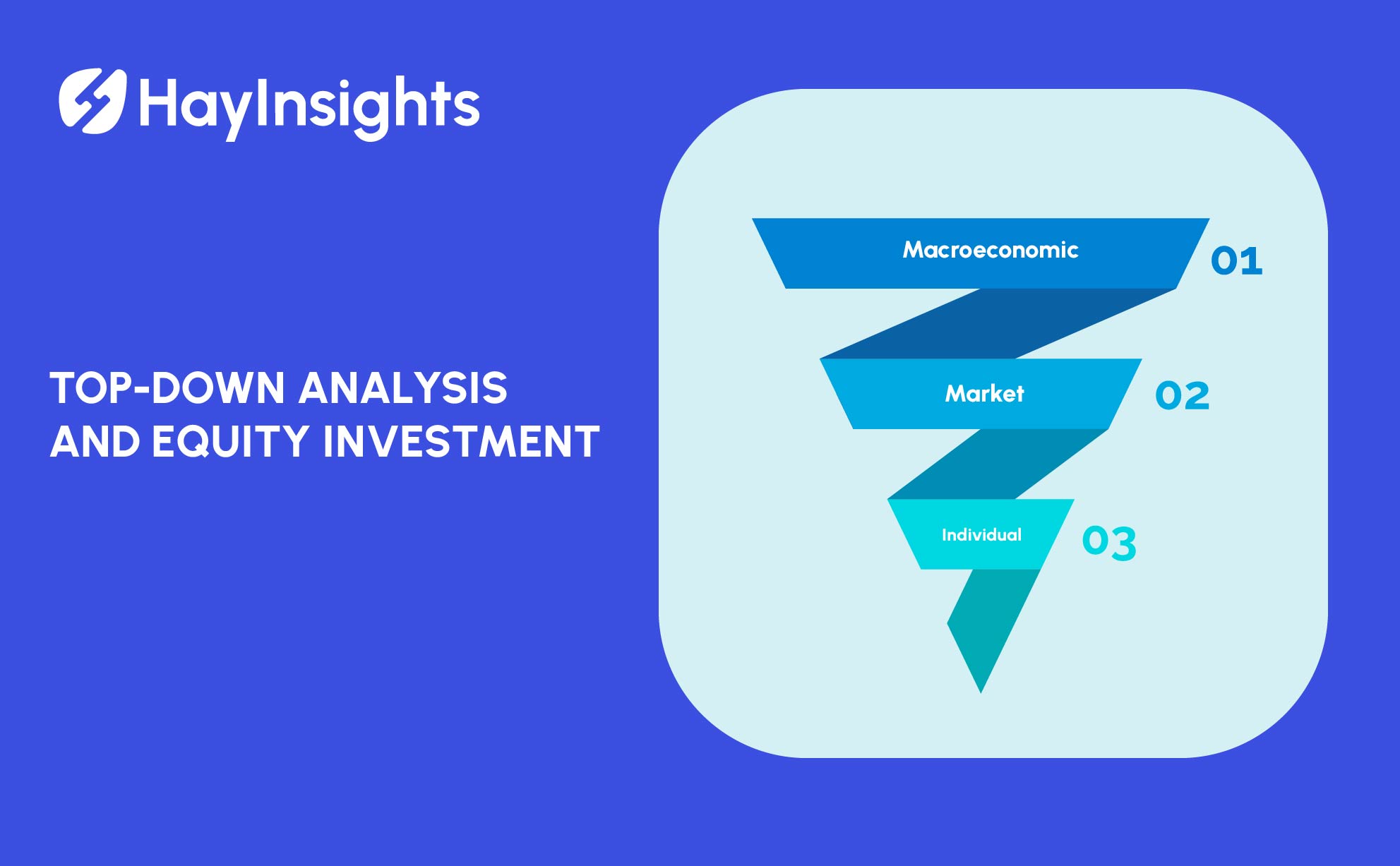
ESG Investment in Asia: An Overview and Substantial Opportunities 2025
The investment world is undergoing a profound transformation, moving beyond purely financial metrics to embrace environmental, social, and governance (ESG) factors as core drivers of long-term value. Nowhere is this shift more dramatic and dynamic than in Asia.
The region—home to the majority of the world’s population, rapid economic growth, and the most significant climate risks—has become a crucial frontier for sustainable finance. From the mandatory climate disclosures in Singapore to the world-leading green bond market in China, ESG investment in Asia is shaping the global sustainability agenda. The Asia Pacific ESG market is projected to reach approximately US$19.5 billion by 2030, reflecting a substantial compound annual growth rate (CAGR) of about 22% from 2025. This massive capital reallocation presents both complexity and immense opportunity for forward-thinking investors.
This article provides an in-depth, structured analysis of the sustainable investment landscape across the continent, detailing the key elements necessary for success.
1. Defining Trends and Market Trajectory in ESG Investment in Asia
Sustainable investing in this large, diverse continent is characterized by rapid evolution, driven by powerful demographic, economic, and climatic forces.
The Institutional Shift
A significant driver is the increasing commitment from large institutional investors, including sovereign wealth funds and major pension funds in countries like Japan, South Korea, and Singapore. These massive asset owners are incorporating these non-financial factors into their fiduciary duties, demanding better reporting and greater sustainability performance from the companies they hold. This top-down pressure signals a permanent market change.
The Retail Investor Awakening
Alongside institutional adoption, the awareness and demand from retail investors is soaring, particularly in emerging markets like India and Southeast Asia. Studies show a high percentage of investors in these markets are already engaged in or actively considering sustainable funds. This suggests that the pursuit of responsible investment is not merely an institutional trend but a genuine societal shift.
The Rise of Thematic Finance
The use of specific financing instruments focused on clearly defined outcomes is a major trend. The issuance of green, social, sustainability, and sustainability-linked bonds (GSS) has exploded. China, for instance, leads the world in the issuance of green bonds, channeling capital directly into environmental remediation and low-carbon infrastructure projects.
2. Regulatory Acceleration and Standardization
The pace of regulatory change across Asia is quickening, signaling a move towards harmonized standards and a decisive effort to combat “greenwashing.” This focus on robust frameworks is critical for scaling capital flows.
China’s Mandatory Disclosure System
In China, a phased rollout of mandatory sustainability-related disclosure is underway for listed companies, affecting major indices. Regulators are moving towards a system that aligns with international frameworks, specifically the standards set by the International Sustainability Standards Board (ISSB), while also incorporating the country’s unique “double materiality” perspective (evaluating the company’s impact on society and the environment, not just the financial impact on the company). This comprehensive approach is foundational to building a transparent capital market.
Singapore as a Regional Hub
Singapore is establishing itself as a regional green finance hub through progressive regulation. The Monetary Authority of Singapore (MAS) has mandated ISSB-aligned climate disclosures for all listed companies from 2025. Furthermore, the country has spearheaded the development of the Singapore-Asia Taxonomy for Sustainable Finance, creating a clear classification system for economic activities. MAS has also imposed strict anti-greenwashing guidelines for retail ESG funds, requiring them to demonstrate a genuine and substantial commitment to sustainable objectives.
ASEAN and Regional Alignment
Beyond single nations, regional bodies like the ASEAN Taxonomy Board are working to create a unified framework for sustainable finance across Southeast Asia. This push for cross-border alignment will eventually make it easier for global investors to allocate capital across the diverse economies of the region with a common understanding of sustainability definitions.
3. Opportunities in Energy and Social Transition
The core investment thesis across the continent is the dual need for transition and resilience. The opportunities are concentrated in sectors crucial to decarbonization and social development.
The Decarbonization Imperative
Asia’s high dependence on fossil fuels means the energy transition presents the single largest investment opportunity. This involves massive capital deployment in:
-
Renewable Energy Generation: Solar, offshore wind, and next-generation battery storage, particularly in high-growth economies like India and Vietnam.
-
Transition Finance: Funding for high-emitting industries (like steel, cement, and petrochemicals) to adopt carbon capture, low-carbon hydrogen, and other innovative technologies to move away from coal.
-
Green Infrastructure: Investment in smart grids, electric vehicle (EV) charging networks, and sustainable public transport systems in mega-cities.
The Expanding Role of Carbon Credits and Markets
Carbon credits are emerging as a vital financial mechanism to channel private capital toward climate projects in Asia. This is a powerful, market-based tool for facilitating the transition, especially in developing nations where public funds are limited.
The region is home to both compliance markets, such as China’s national carbon trading scheme, and a growing number of voluntary carbon markets (VCMs). Investors are increasingly looking at opportunities in funding high-integrity projects—such as nature-based solutions like reforestation and blue carbon—that generate verifiable credits. These projects offer co-benefits, including biodiversity preservation and improved livelihoods for local communities. The development of trading hubs, such as the one in Singapore, is focused on ensuring transparency, robust verification, and high-quality standards to mitigate the inherent risks associated with VCMs.
Focusing on Climate Adaptation
The region is highly vulnerable to physical climate risks, from sea-level rise to extreme weather events. This creates a compelling case for investments in climate adaptation and resilience technologies, such as:
-
Water management and flood defense systems.
-
Climate-resilient agriculture and supply chain infrastructure.
-
Disaster preparedness technology.
Social Equity and Inclusion
The “S” in these non-financial considerations is particularly potent. Rapid urbanization and wealth disparities create high demand for solutions in social impact. Investment opportunities include:
-
Affordable Healthcare and Education: Leveraging technology to expand access to remote learning and medical services in rural and underserved areas.
-
Labor Practices and Supply Chain Due Diligence: Investing in technology and governance solutions that ensure ethical sourcing and fair labor across complex, multi-country supply chains.
4. Addressing Data and Governance Challenges
While the growth trajectory is clear, the path is fraught with complexities, particularly concerning data quality and corporate structure.
The Data Deficit
The primary challenge remains the inconsistency, incompleteness, and unreliability of non-financial data across many markets. Unlike standardized financial reporting, sustainability disclosures lack a uniform, mandatory global framework, though the ISSB is actively working to bridge this gap. Investors often rely on disparate local regulations and third-party ratings that can conflict, muddying the decision-making process. For many Asian companies, especially smaller ones, resources for comprehensive reporting are limited.
Corporate Governance Dynamics
A distinct feature of many Asian economies is the prevalence of concentrated ownership structures, such as family-controlled conglomerates or state-owned enterprises (SOEs). These structures can sometimes lead to lower responsiveness to minority shareholder concerns, including those related to these factors. This makes active stewardship—investors directly engaging with management—a more crucial and powerful tool in the region than simply divesting. Successful investors leverage their influence to drive board diversity, improve risk management, and enhance transparency.
Navigating Transition vs. Exclusion
A critical philosophical challenge is whether to use an exclusionary screening approach (divesting from fossil fuels) or an engagement-focused transition approach (investing in a high-emitter to help finance its clean energy transition). Given Asia’s heavy industrial base, the latter is often viewed as the more pragmatic and impactful path to real-world decarbonization.
5. Successful Investment Strategies and Future Outlook
The most successful investment approaches in the region are those that combine rigorous due diligence with a forward-looking, locally nuanced strategy.
Case Studies in Active Ownership
Active investor engagement has already yielded results. For example, large asset managers have successfully engaged with Chinese tech giants to improve disclosures on human capital management and with major Taiwanese semiconductor manufacturers on setting science-based net-zero targets. In one notable case, investor pressure led a mining company to withdraw a controversial project license due to significant natural capital risks and community opposition. These cases underscore that persistent, coordinated investor action can deliver significant governance and environmental outcomes.
Integrating Local Context
A ‘one-size-fits-all’ European or US sustainable strategy will not translate directly. Successful strategies must be geographically tailored to account for local regulatory regimes, cultural labor practices, and country-specific environmental priorities (e.g., biodiversity loss in Indonesia, water stress in India). This necessitates collaboration with local experts and the use of locally-tailored ESG scoring models that capture relevant regional risks.
The Path Ahead
The future of sustainable investing in Asia is one of mandatory implementation and deepening integration. As ISSB standards become the de facto global baseline and are adopted locally, the quality and comparability of corporate disclosures will dramatically improve. The focus will shift from if a company reports to how well it manages its transition. The next major themes gaining traction will be nature and biodiversity and the development of carbon markets and low-carbon hydrogen infrastructure. For investors seeking both compelling financial returns and measurable impact, engaging in this dynamic and fast-maturing market is becoming essential. The green wave is here, and those who invest strategically will be positioned to benefit from Asia’s sustainable future.










